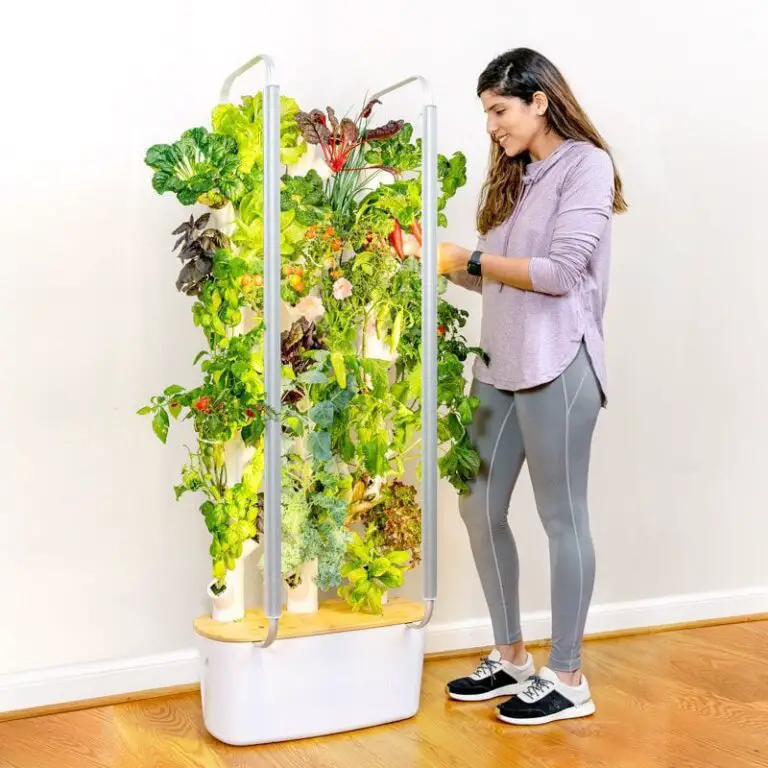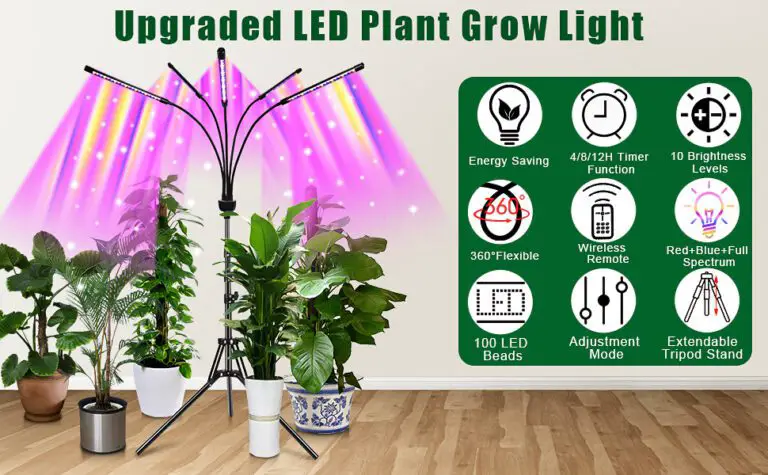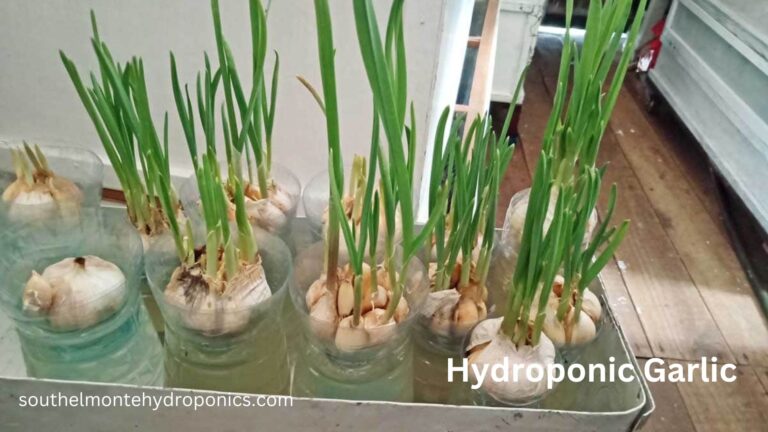Cloning Tomato Plants: How to Propagate and Grow New Tomato Plants from Cuttings
Harvesting and
Harvesting and Storing Vegetables in Hydroponics Systems
When it comes to hydroponic gardening, one of the most rewarding aspects is the ability to harvest fresh and flavorful vegetables all year round. Harvesting is a crucial step in the hydroponic process, as it marks the time when your hard work finally pays off. The timing of the harvest plays a significant role in determining the flavor, texture, and nutrient content of your vegetables. To ensure optimal quality, it’s important to understand the specific harvest requirements for each type of vegetable. Factors such as age, size, and color can provide valuable cues, but it’s also essential to consider the unique characteristics of each plant.
Once you’ve harvested your hydroponic vegetables, proper storage is vital to maintain their freshness and nutritional value for as long as possible. Unlike their soil-grown counterparts, hydroponic vegetables don’t have the protective layer of soil, which makes them more susceptible to dehydration and spoilage. Therefore, it’s crucial to store your harvested produce in a way that maximizes its shelf life. This typically involves washing the vegetables gently to remove any dirt or residue, drying them thoroughly, and storing them in appropriate containers or bags. Additionally, maintaining the right temperature and humidity levels is essential for prolonging the freshness of your hydroponically grown vegetables.
As you embark on your hydroponic gardening journey, remember that harvesting and storing vegetables are just as vital as the growing process itself. By understanding the unique requirements of each plant and implementing proper storage techniques, you can enjoy a bountiful harvest of fresh and nutritious produce throughout the year. So go ahead, embrace the joy of harvesting and relish in the flavors of your homegrown hydroponic vegetables.
What is harvesting and why is it important?
Harvesting refers to the process of gathering mature crops or natural resources from the land or sea. It is important as it allows for the collection of valuable resources for consumption or further processing.
What are the different methods of harvesting?
The methods of harvesting depend on the type of crop or resource. Some common methods include handpicking, using machinery such as combine harvesters for grains, or utilizing fishing nets for marine resources.
Are there any sustainable harvesting practices?
Yes, sustainable harvesting practices aim to maintain the long-term productivity and health of the ecosystem. This includes techniques like selective harvesting, crop rotation, and adhering to fishing quotas.
How does harvesting impact the environment?
Harvesting can have both positive and negative environmental impacts. Overharvesting or improper methods can lead to the depletion of natural resources and biodiversity loss. However, sustainable harvesting practices can minimize these negative effects and promote ecosystem health.
What is the difference between mechanical and manual harvesting?
Mechanical harvesting involves the use of machinery to gather crops or resources, while manual harvesting involves human labor. Mechanical harvesting is often more efficient and faster, but manual harvesting allows for greater selectivity and precision.
Are there any regulations or laws governing harvesting practices?
Yes, many countries have regulations and laws in place to ensure sustainable harvesting practices. These may include limits on the amount of resources that can be harvested, licensing requirements, and protected areas where harvesting is prohibited.
Can you give examples of crops that require specialized harvesting techniques?
Sure, crops like grapes for wine production require specialized harvesting techniques such as handpicking to ensure the quality of the grapes. Similarly, delicate fruits like strawberries or blueberries are often hand-harvested to avoid damage.
How does timing play a role in harvesting?
Timing is crucial in harvesting as it determines the maturity of the crops or resources. Harvesting too early may lead to lower quality or yield, while delaying harvesting could result in overripe or spoiled produce.
What are some challenges faced during the harvesting process?
Some challenges during harvesting include unpredictable weather conditions, labor availability, machinery breakdowns, and ensuring optimal storage conditions for harvested crops or resources.
Can harvesting be automated?
Yes, advancements in technology have made automation in harvesting possible for certain crops and resources. Robotic systems and artificial intelligence are being utilized to automate harvesting processes, increasing efficiency and reducing labor requirements.

Suyash Dhoot, editor at SouthElMonteHydroponics.com, is a pioneering force in hydroponics. His expertise spans nutrient solutions and cutting-edge technology. Through meticulous editing, he elevates the site to a beacon of knowledge, offering invaluable insights. Dhoot’s dedication shapes a greener, more efficient future for agriculture.




